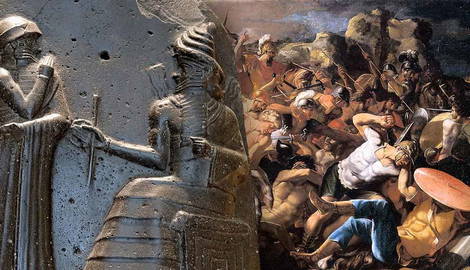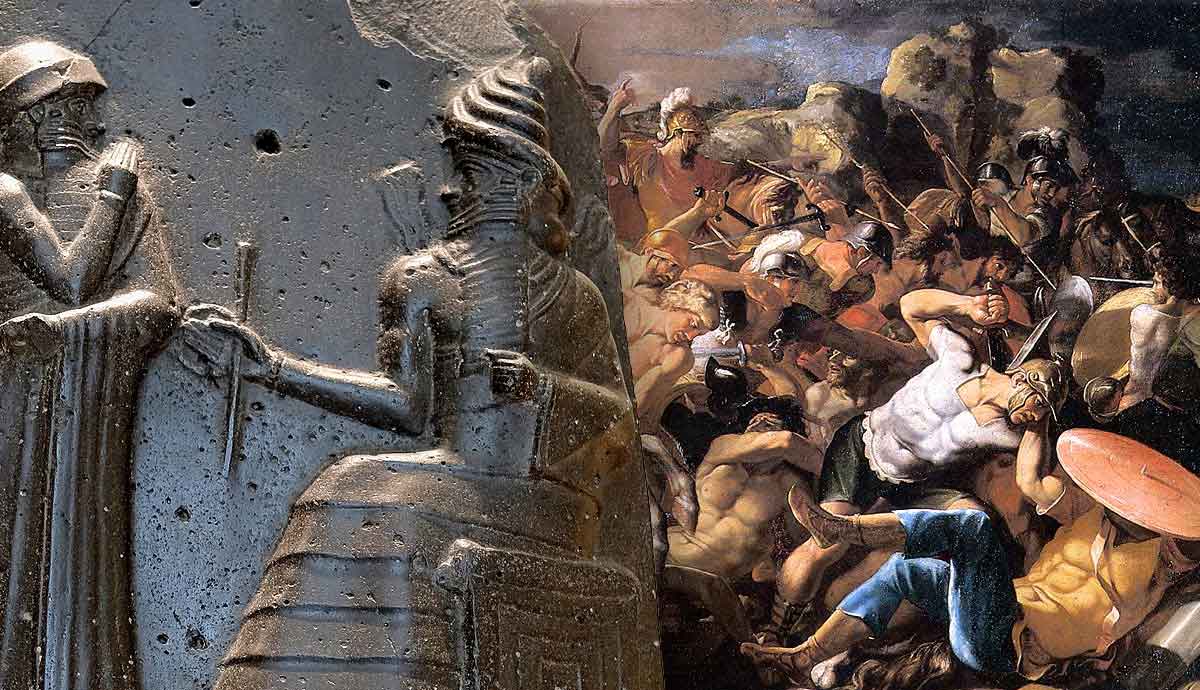
The Amorites played a much larger role in ancient history and the development of the Babylonian Empire than the Bible lets on. Surprisingly, the people that the Sumerians and Akkadians looked down on and considered uncivilized eventually conquered both of these civilizations. They then built the First Babylonian Dynasty. Leaders such as Hammurabi came from an Amorite lineage and developed principles of justice and government that resonate in civilized cultures to this day. This remarkable nation is also associated with the vile religious practice of child sacrifice.
Origins and History
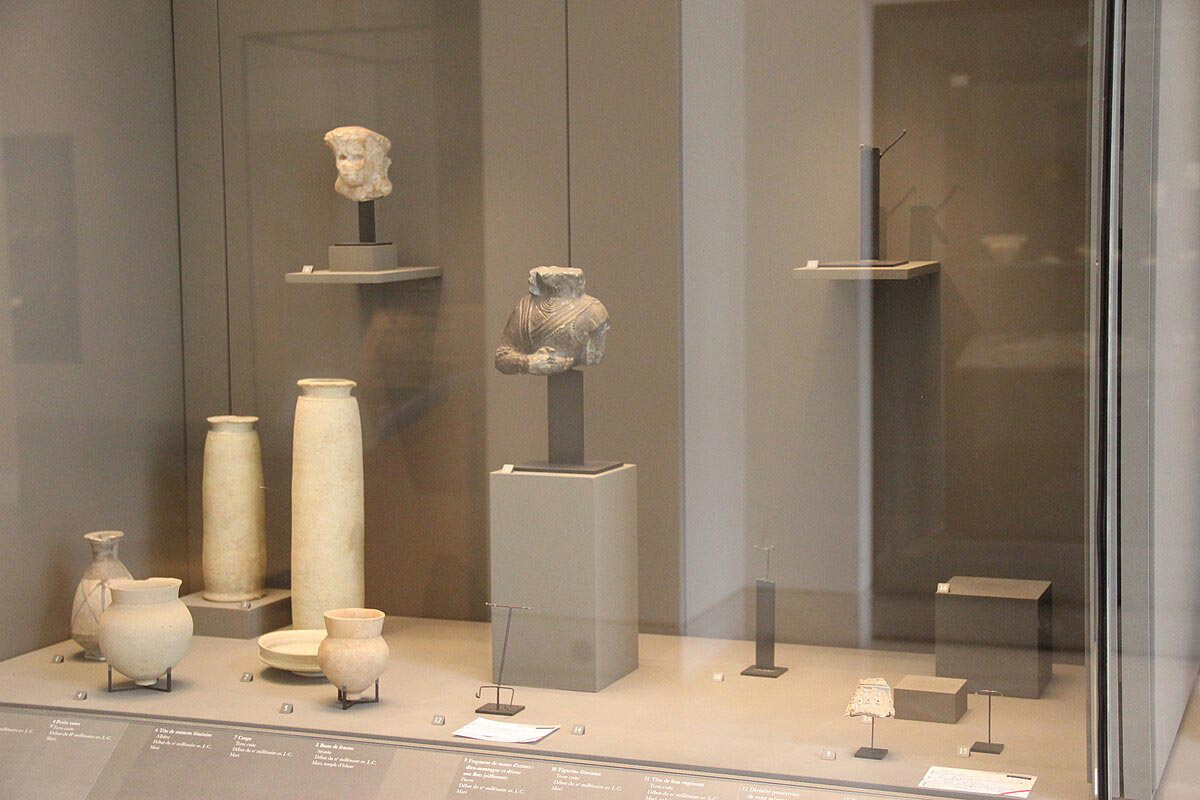
The Amorites were, at least initially, nomadic people who left no written record of their history or traditions. As nomads, they would have had little need for keeping written records of events and relied on oral traditions instead. Scholars have learned all that they know about the Amorites from the records of other nations who wrote about them and from archaeology.
The Amorites’ origins lie in Canaan and what is today Northwestern Syria. They moved down from these mountainous areas sometime during the 3rd Millennium BCE and raided as they went, gradually migrating eastward, seemingly following the Euphrates River in search of greener pastures for their flocks.
The Sumerians called them Martu, meaning “west” or “westerner,” which had a negative connotation, meaning an uncivilized person. Records show that the Sumerians looked down on the Amorites, criticizing them for living outdoors rather than constructing proper homes and settling down. To them, the Amorites were wild, untamed, brutish, and unfamiliar with the customs of civilized urban society.
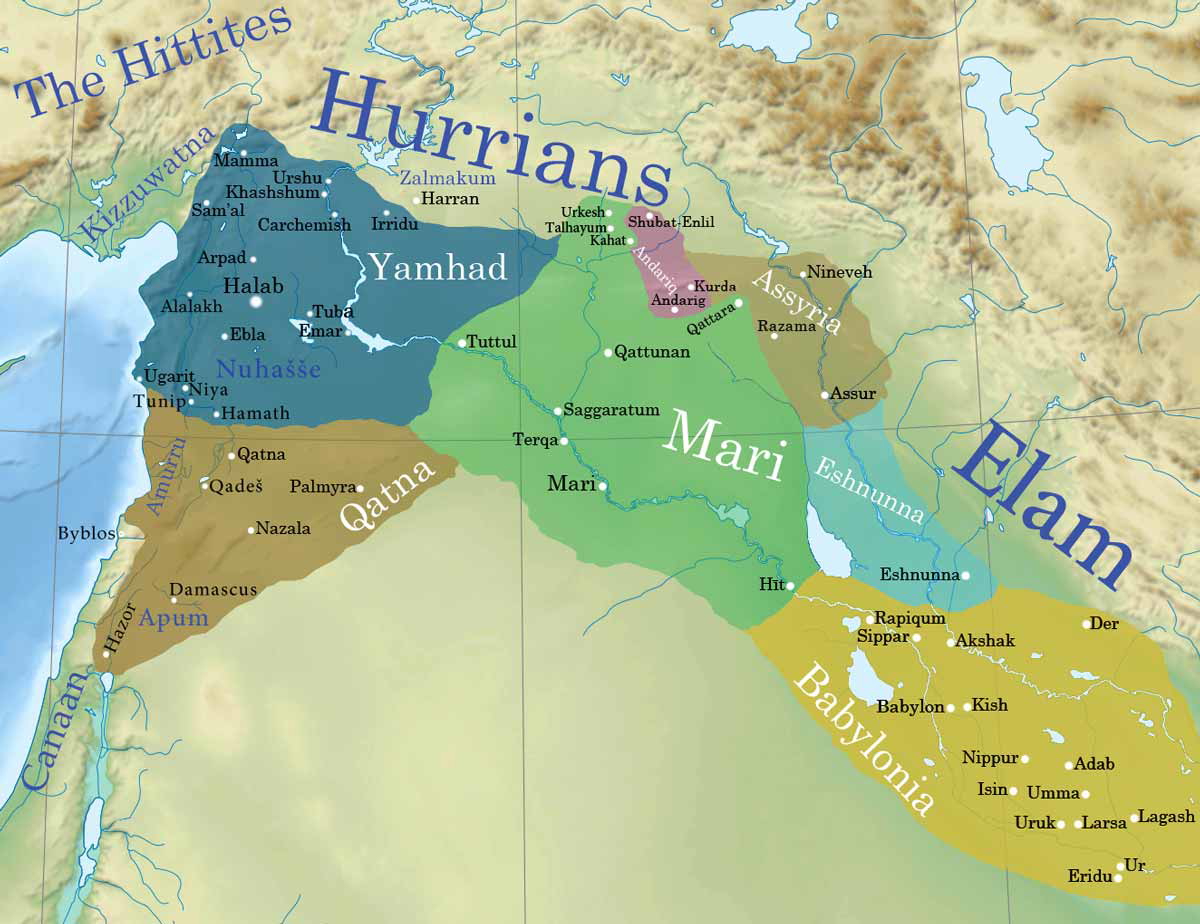
The Akkadians called the Amorites the Amurru. Later, the Akkadians called the deity of the Amorites by the same name. The Akkadians called the lands to the west of the borders of Mesopotamia Amurru as well. They also called the Amorite deity Bēl Šadê, which means “Lord of the Mountains,” apparently alluding to the origins of these mountain people. This descriptive name aligns with the findings of some scholars who believe the Amorite homeland was Jabal Bishri, a mountainous region between Palmyra and the Euphrates River.
During their expansion from 2300 to 2000 BCE, the Amorites invaded the Levant and middle Euphrates territory. Graves from this era attest to their warrior spirit, adorned with weaponry like spearheads, daggers, axes, and javelins as well as distinctive pottery. In this period, they developed distinct tribal groups. Afterward, the Sumu (Suteans) and Yamina (Yaminites) were active in the Jabal Bishri area, and the Idamaras controlled parts of the middle Euphrates up to Jabal Bishri, all playing increasingly prominent roles in pastoral and trade networks across the region.
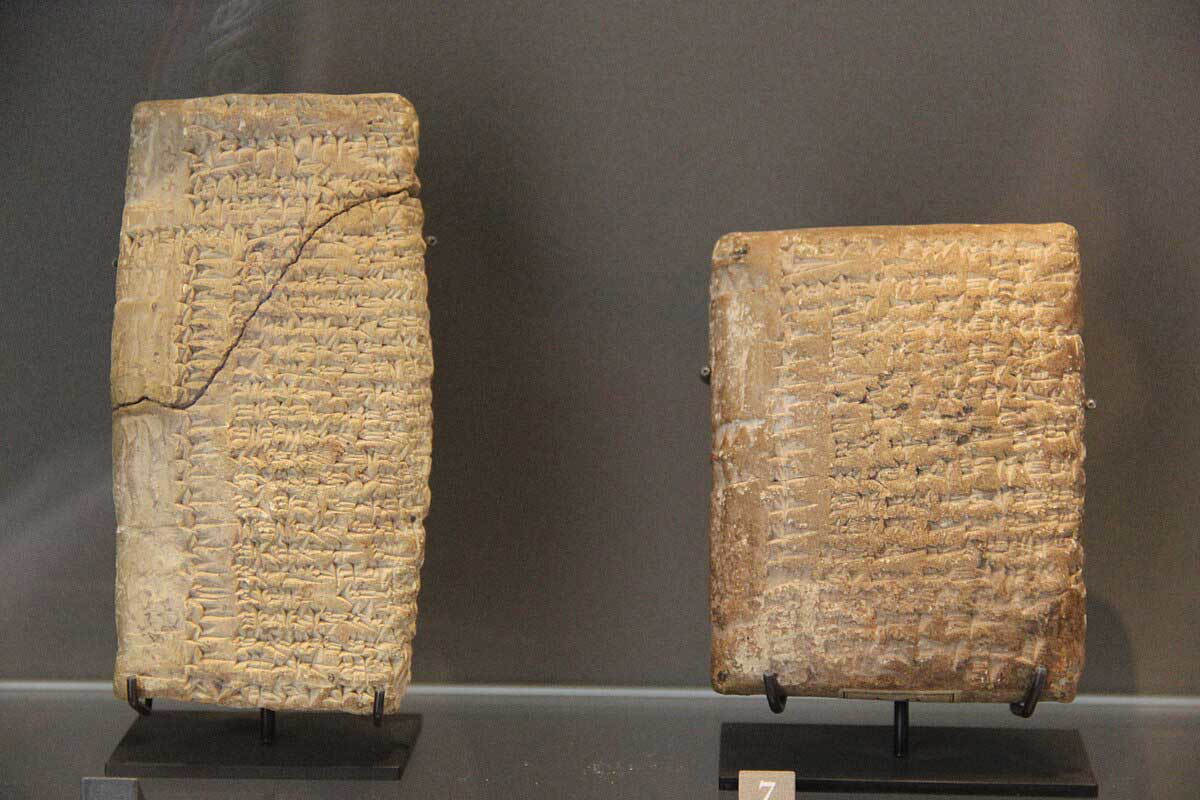
The civilizations whose territory they invaded disliked the Amorites. A tablet from Tel Fara dating back to the 3rd Millennium BCE describes the Martu people as nomadic or semi-nomadic and as disruptive people who were uncivilized. The Ebla Tablets from Tell Mardikh and Mari Tablets from Tell Hariri also mention the Martu. The former mentions the Martu in an administrative and diplomatic context, and the latter mentions Amorite leaders and their involvement in politics, trade, and warfare. It shows the growing influence the Amorites had on Mesopotamian society.
Over time, the Amorites integrated with Mesopotamian cultures and established their own cities with notable kings rising from their ranks. The Sumerians attempted to prevent the eastward progress of the Amorites by building a wall called the “Amorite Wall” or “Wall of the Land” constructed during the late Third Dynasty of Ur (around 2100-2000 BCE) under the rule of Shu-Sin. Scholars estimate that the wall could have been 170 miles (273.5 km) long, stretching from the Tigris to the Euphrates River, although the exact length remains a subject of debate. The attempt at keeping the Amorites at bay failed. The Amorites bypassed the wall, and Ur fell shortly thereafter.
The Amorites successfully settled in Mesopotamia, taking control of key cities such as Babylon, Larsa, Mari, and Isin. They played an instrumental role in the establishment of the First Babylonian Dynasty. Hammurabi, the sixth Amorite king of Babylon, united much of Mesopotamia under his rule and established the Code of Hammurabi.
Though Hammurabi was aware of his Amorite lineage, he did not emphasize it. He presented himself as a Mesopotamian king in the Akkadian and Sumerian traditions. This was likely because the Amorites, by then, had largely assimilated with the culture of the land where they had settled and had adopted the Akkadian language.
The Amorites According to the Bible
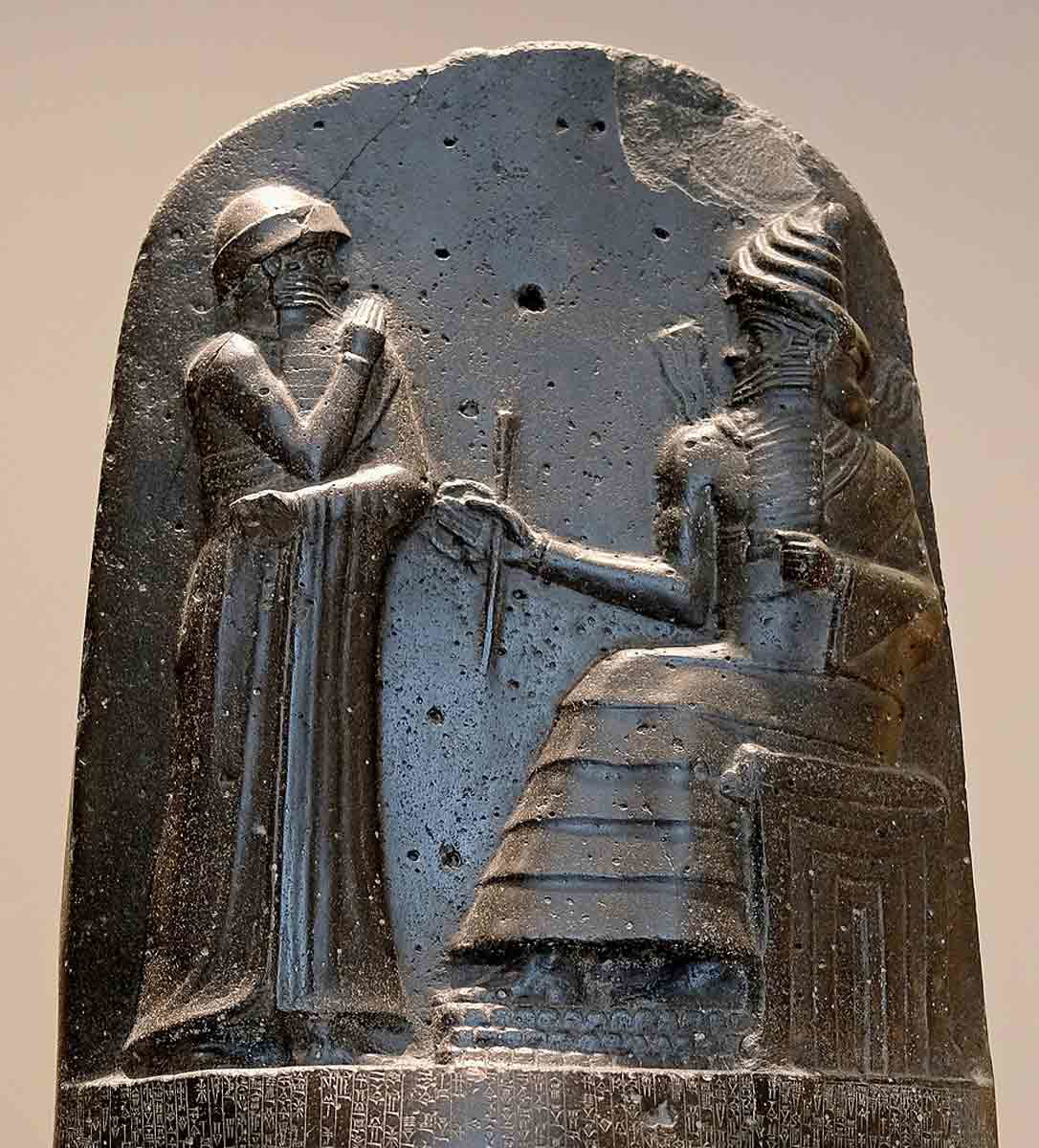
According to the Bible, the Amorites were descendants of Canaan (Genesis 10:15-16). In the time of Abram (later Abraham), they lived in the land of Canaan already (Genesis 14:7). An Amorite called Mamre was an ally of Abram. The Amorites were, however, generally known as enemies of Israel who engaged in evil practices. Genesis 15:16 indicates that God assigned a specified period of grace for the Amorites to turn from their wicked ways, but when their iniquity was complete, he would act against them. We will discuss their sins shortly.
The Bible provides no detail on the conflict between Jacob and the Amorites other than what he mentions to Joseph. From Jacob’s words the reader can deduce that at some undefined time in the past, he took mountain territory from the Amorites by force.
God mentioned to Moses that the Amorites were one of the tribes that they had to drive from the promised land. They were one of the nations that occupied Canaan when Joshua, Caleb, and the other spies surveyed the promised land. Numbers 13:32-33 indicate that the spies encountered people of great stature in Canaan. The Amorites had some giants among them. In Amos 2:9 God uses trees as a metaphor when describing the size and strength of the Amorites. He says: “Yet it was I who destroyed the Amorite before them, whose height was like the height of the cedars and who was as strong as the oaks; I destroyed his fruit above and his roots beneath.”
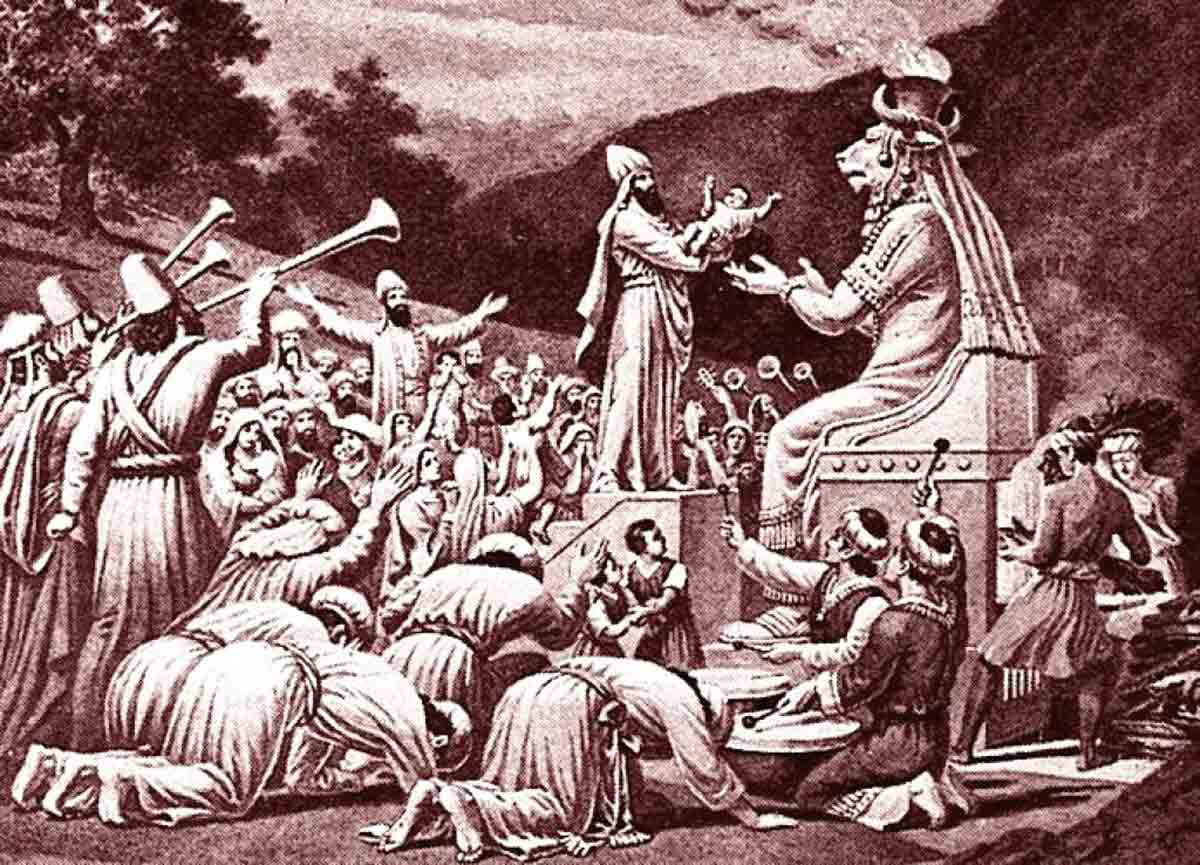
The Bible recorded the first direct conflict between the Israelites and the Amorites in Numbers 21:21-26. King Sihon of the Amorites, who ruled from Heshbon, refused to allow the Israelites to travel through his territory and confronted the Israelites with his army. The Israelites defeated him, took all his cities, and settled in them. It soon led to conflict with Og, another Amorite king. Deuteronomy 3:11 says Og, a king of the Amorites and the last of the Rephaim, had an iron bed (possibly a reference to his sarcophagus) that measured nine cubits (about 13.5 feet or 4.1 meters) in length. The Rephaim were giants (Deuteronomy 2:10-11).
Though enemies of the Israelites, the Amorites were not annihilated or driven from the Promised Land when the Israelites conquered it. Judges 1:34-36 and 2 Samuel 21:2 indicate their presence in Israel centuries later. The 2 Samuel references prove that the Gibeonites were the remnants of the Amorites. Both in Mesopotamia and in Canaan, the Amorites were never eradicated. They seem to have assimilated with surrounding nations.
The Sins of the Amorites
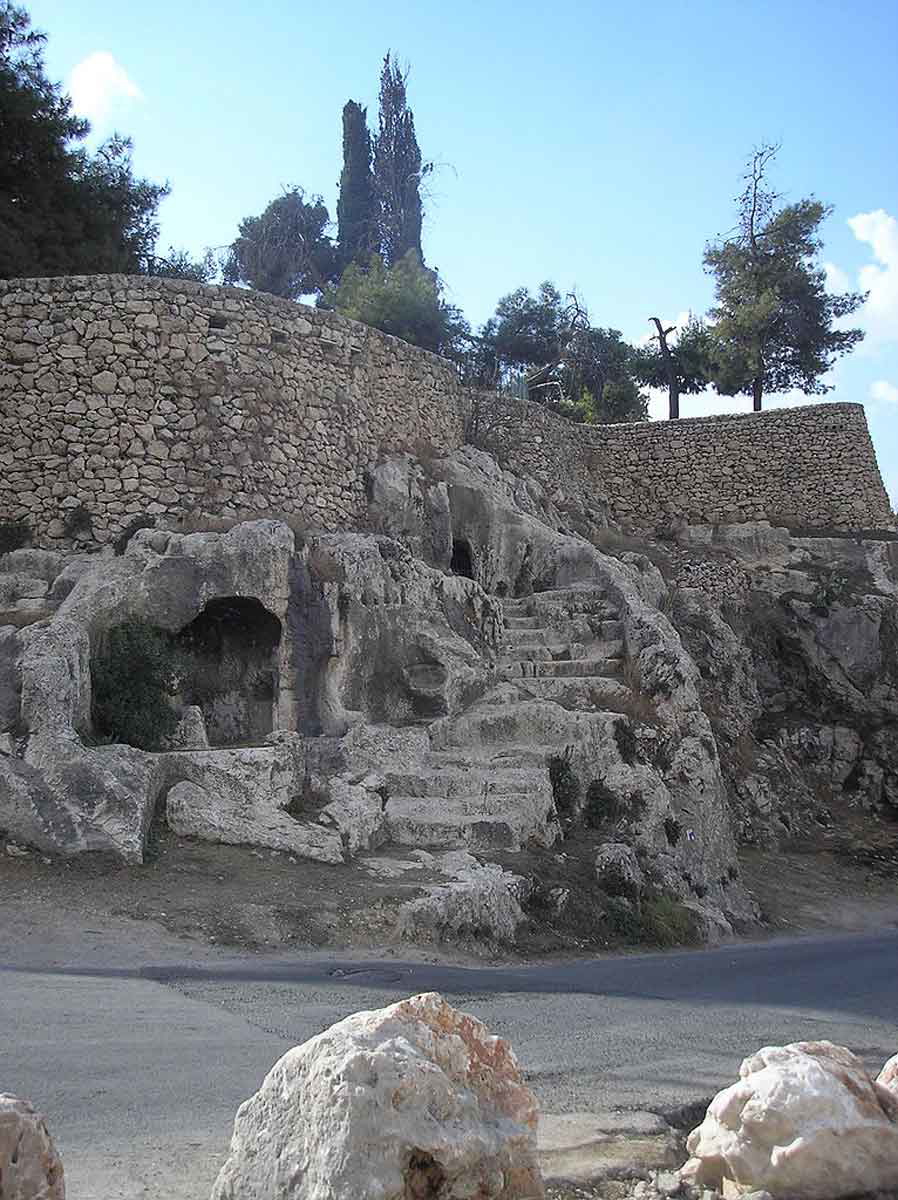
Robert Alexander Stewart Macalister conducted archaeological excavations in Palestine during the early 1900s. At Gezer, Macalister uncovered ten stones in a row, many more than ten feet high. The stones were part of a Canaanite high place, or “bamah” (בָּמָה) in Hebrew, used for idol worship and sacrifice.
A basin by the stones, and jars around the basin, contained the bones of young girls, some estimated as young as a few days old. The worshipers had cut some in half and beheaded others. They also burned them in the limestone basin. The remains were then stuffed into the jars and buried. A Tophet was a place where ritual child sacrifices took place.
These practices align with what the Bible warns the Israelites about as rituals of Molech (or Moloch) worship. Leviticus 18:21 says: “You shall not give any of your children to offer them to Molech, and so profane the name of your God: I am the LORD.” (See also Leviticus 20:2-5). In Deuteronomy 12:31, God said: “You shall not worship the LORD your God in that way, for every abominable thing that the LORD hates they have done for their gods, for they even burn their sons and their daughters in the fire to their gods.”
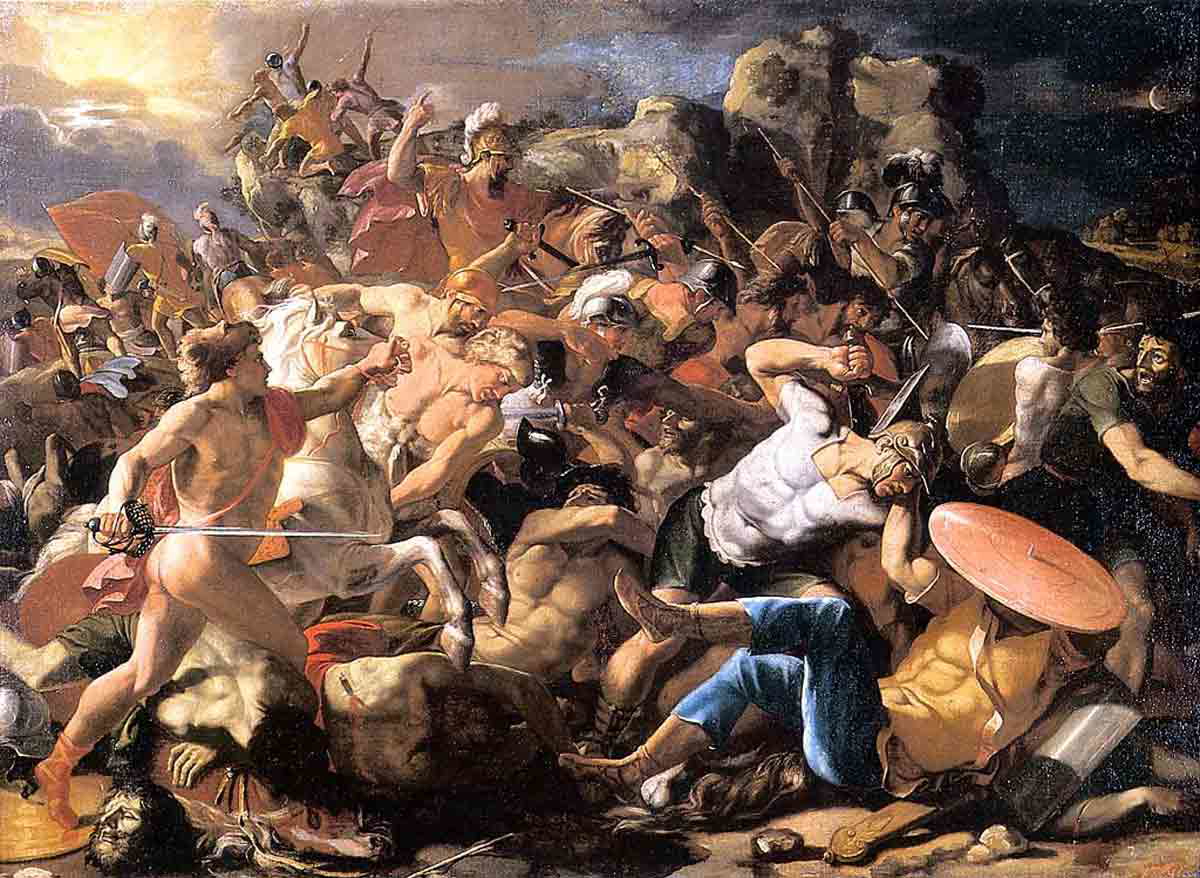
The Amorites, as a people of Canaanite origin, most likely shared in these religious practices and worshiped Molech as one of their gods. The way Genesis 15:16 singles the Amorites out seems to indicate that they were guilty of the abominable practice of child sacrifice. Shockingly, Solomon set up a place of worship for Molech on a mountain east of Jerusalem to please his wives (1 Kings 11:7).
